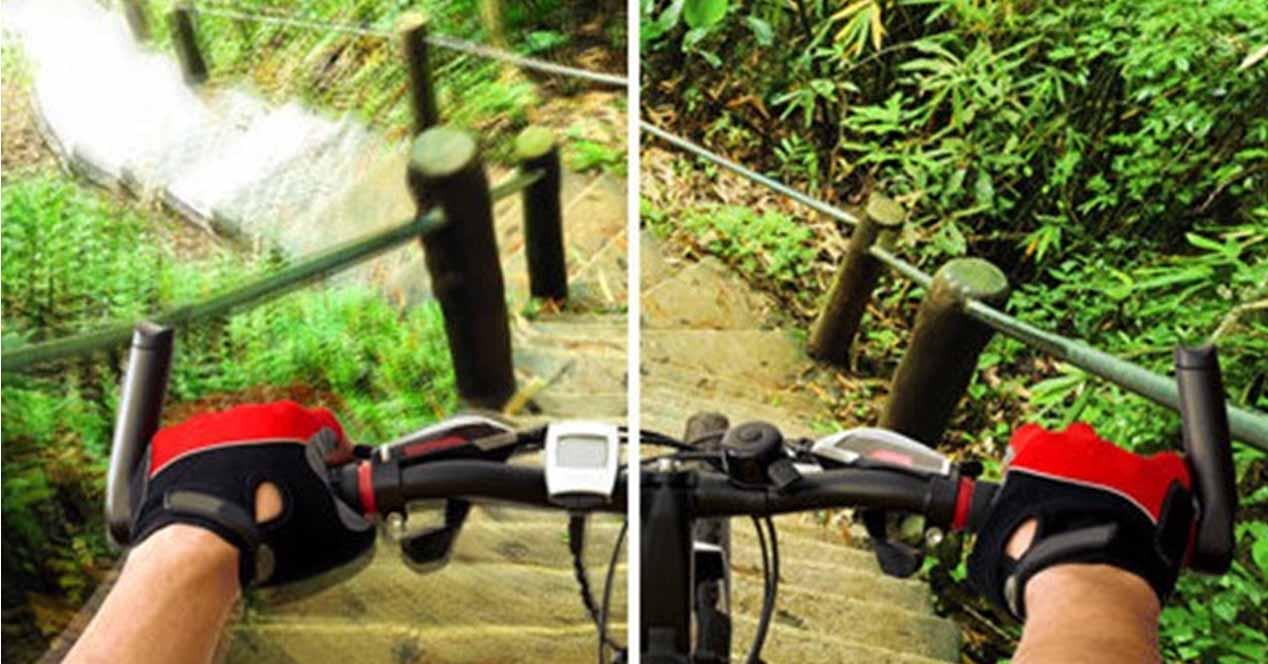Motion blur caused by camera shake can be very frustrating for anyone, especially when zooming in. If you’ve ever tried taking a photo while holding the camera in your hand with slow shutter speeds, you’ll know exactly what we mean, although even on a PC webcam it’s noticeable by the small vibrations that the PC or our arms rest on the camera. table cause. So how do you always get crisp photos or videos? You have three options: use a tripod on the ground, increase the shutter speed … or take advantage of image stabilization technology.
What is image stabilization?
Image stabilization is a specialized technology built into the hardware of cameras, and more specifically their lenses, that helps minimize blur caused by motion or vibration. Different manufacturers call this technology in different ways, such as in cameras:
- Cannon: Image stabilization (IS).
- Nikon: Vibration reduction (VR).
- Tamron: Vibration control (VC).
- Sigma: Optical stabilization (OS).
- Sony: Optical Steady Shot (OSS).
- Pentax: Shake Reduction (SR).
Whatever its name, the technology has the same effect and is similar among all manufacturers. The upside is that it lets you capture a much sharper photo or video at a slower shutter speed or without a tripod that keeps the camera still. Enabling a slower shutter means better image quality because you can use a lower ISO value (less noise).
Stabilization on the camera lens
Lens-based image stabilization works through something called a floating lens. Vibration (or camera shake) is detected by gyro sensors and the lens is moved accordingly to mitigate the effects. Many lenses often incorporate a panorama mode which allows stabilization only in the vertical axis to allow stable panoramic images, but has no effect in the horizontal axis.
This type of image stabilization has some advantages over that built into the hardware, especially for longer focal lengths and older DSLR cameras. For example, a camera’s autofocus is more accurate when the image is already stabilized, and also while you are taking the image you will also see it already stabilized, allowing you to better capture the details of the image. the image or video that you are. will take in advance; otherwise, you would see a more shaky, low-detail image when you take it.
This technology also has some drawbacks, such as it can only counteract the effect of movement in the horizontal and vertical axes, which means that no form of rotation effect can be detected or stabilized. The second downside is the cost, as each lens has to be equipped with its own image stabilization system rather than this technology being built into the hardware of the camera itself, and the cost of the lenses is higher.
Stabilization in camera hardware
Hardware image stabilization typically works through sensor switching technology. While the technology itself is quite sophisticated, the concept is very simple: the sensor moves to counter camera shake, similar to the float in lens-based stabilization. The gyro sensors inside the camera detect movement and send the information to actuators which move the camera image sensor in the opposite direction.
The difference is that sensor switching can also counteract rotational motion, and in fact, most image stabilization technologies are sensor-based and operate on five axes: horizontal, vertical, roll, pitch, and yaw. The horizontal and vertical axes correspond to the movements of the camera up and down or left and right. Roll is the rotation of the camera along the horizontal axis, while pitch is the vertical rotation, up or down. Yawing occurs when the camera is tilted left or right.
The obvious advantage of this type of stabilization lies in the three additional axes of compensation; Being able to account for rotation means that hardware stabilization is generally more versatile and precise than lens-based stabilization. This also means that the camera does not have to include lenses with this feature, so it is also cheaper to manufacture and lighter.
Sensor stabilization has also led to the advent of other useful camera capabilities, such as face tracking modes, which are very useful on a webcam or smartphone selfie camera. In addition, using a GPS module, there is also the star tracking mode (like the Pentax Astrotracer) which allows the camera to use the sensor to track the rotation of the Earth, which means much higher exposure times during astrophotography.
However, this method has the disadvantage of not stabilizing the view through the optical viewfinder, so when taking the image or video it could be seen blurry even though the image comes out much later. . This is not a problem in modern cameras, as the electronic viewfinder takes the image directly from the sensor and therefore the image will already be stabilized.
Digital image stabilization
Digital image stabilization, also known as electronic or software stabilization, is used in some cameras, primarily video. This technique analyzes each frame of the video for motion and moves them pixel by pixel to produce stable video, reducing camera shake and making the video sharper. The same can be done directly by software, for example with Adobe Premiere.
A downside to this technique is that it requires cropping the size of the image to achieve this, as pixels outside the frame must be used as a buffer and must be cropped to allow stabilization. As a general rule, the greater the vibration or movement, the greater the clipping and the lower the resolution.
Table of Contents











